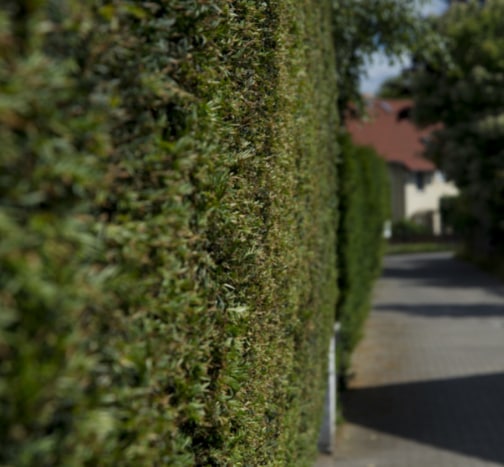
Introduction: Biodiversity is the cornerstone of healthy ecosystems, providing resilience, productivity, and countless benefits to humans and the environment. As urbanisation and habitat loss continue to threaten biodiversity worldwide, creating and protecting biodiversity hotspots – areas with high levels of species diversity and ecological significance- becomes increasingly important. Trees play a crucial role in creating these hotspots, providing habitat, food, and shelter for many plant and animal species. However, skilled tree reshaping is often necessary to maximise the biodiversity potential of trees. In this blog post, we’ll explore the vital role of tree reshaping in creating biodiversity hotspots and how Faversham Tree Surgeons can help foster thriving ecosystems in your area.
Enhancing Habitat Complexity:
Biodiversity thrives in habitats with diverse structures, textures, and microclimates. Trees reshaped to increase habitat complexity provide a variety of niches for different species to occupy, from cavity-nesting birds to insects and small mammals. Tree reshaping techniques such as crown thinning, crown lifting, and selective pruning can create a more diverse canopy structure, allowing sunlight to penetrate the forest floor and promoting the growth of understory vegetation. By reshaping trees to enhance habitat complexity, tree surgeons create thriving ecosystems that support a wide range of plant and animal species, from ground-dwelling insects to canopy-dwelling birds.
Promoting Native Plant Diversity:
Native plants are the foundation of healthy ecosystems, providing food, shelter, and other essential resources for native wildlife. Trees reshaped to promote native plant diversity play a critical role in creating biodiversity hotspots by providing habitat and support for various native plant species. Tree surgeons can selectively prune and shape trees to remove invasive or non-native species and encourage the growth of native vegetation. By reshaping trees to promote native plant diversity, tree surgeons help create thriving ecosystems that support a wide range of native wildlife and contribute to the conservation of biodiversity in the area.
Creating Wildlife Corridors:
Connectivity is key to maintaining biodiversity in fragmented landscapes. Trees reshaped to create wildlife corridors serve as vital linkages between isolated habitats, allowing for the movement of plants and animals between different areas. Tree surgeons can reshape trees to create open spaces, clear sightlines, and safe passage for wildlife, facilitating movement and dispersal across the landscape. By reshaping trees to create wildlife corridors, tree surgeons help maintain genetic diversity, prevent population isolation, and promote the long-term viability of local wildlife populations.
Enhancing Ecosystem Services:
Biodiversity hotspots provide many ecosystem services, from pollination and pest control to carbon sequestration and water filtration. Trees reshaped to enhance biodiversity contribute to providing these essential services by supporting diverse plant and animal communities. Tree surgeons can reshape trees to maximise their ecological functions, such as providing food and habitat for pollinators, improving soil health, and regulating microclimate conditions. By reshaping trees to enhance ecosystem services, tree surgeons help create healthier, more resilient ecosystems that benefit both people and the environment.
Conclusion: Tree reshaping is vital in creating biodiversity hotspots – areas rich in species diversity and ecological significance. By reshaping trees to enhance habitat complexity, promote native plant diversity, create wildlife corridors, and enhance ecosystem services, experts help foster thriving ecosystems that support a wide range of plant and animal species.
Call us on: 01795 718991
Click here to find out more about Faversham Tree Surgeons
Click here to complete our contact form and see how we can help with your tree’s needs.